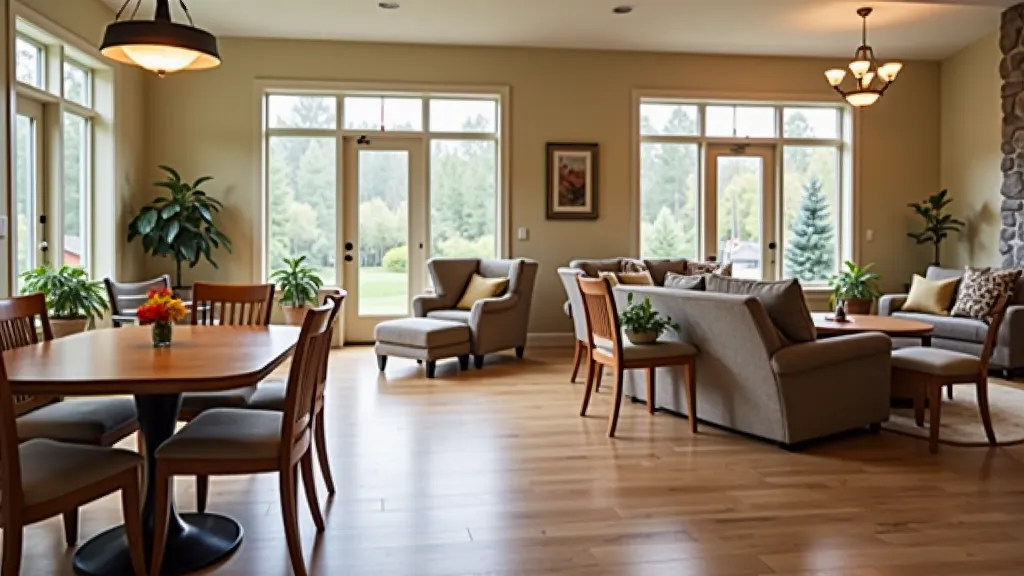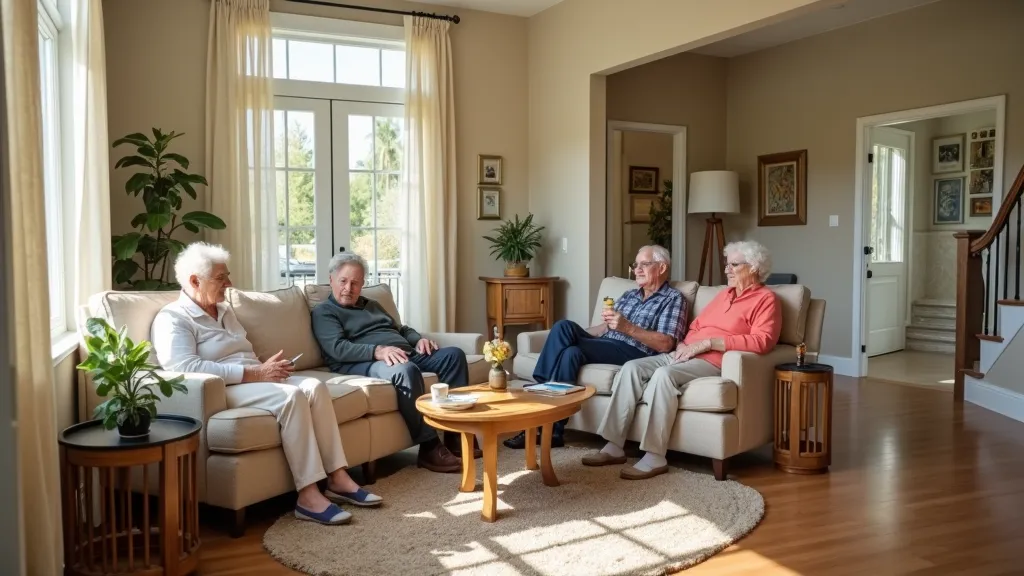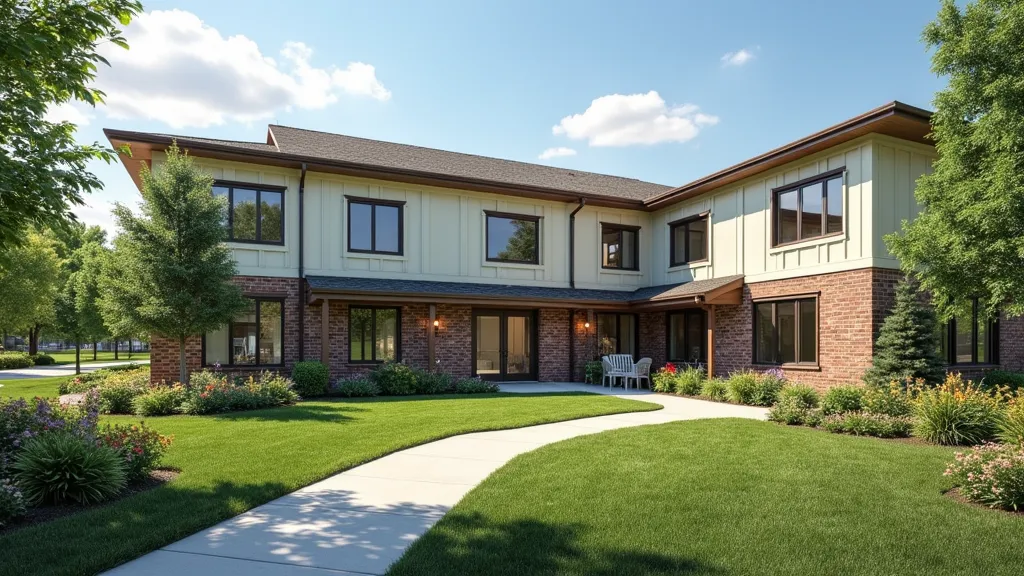How to Choose a Senior Living Community: A Comprehensive Guide
Selecting a senior living community is a significant decision that involves careful consideration of multiple factors to ensure a high quality of life for the aging individual. This comprehensive guide is designed to walk you through the critical aspects to consider when choosing a senior living community, ensuring your decision is informed and aligns with the needs and preferences of the senior in question.

Types of Senior Living Communities
1. Independent Living:
For seniors who are active and need minimal assistance, independent living communities offer a lifestyle with the convenience of on-site services. These communities typically provide residential options like apartments or cottages along with amenities such as housekeeping, dining plans, and social activities.
2. Assisted Living:
Assisted living communities are suitable for seniors who require help with daily activities such as bathing, dressing, and medication management. They provide 24-hour support while promoting as much independence as possible.
3. Memory Care:
Specialized care units for individuals with Alzheimer’s disease or other forms of dementia. Memory care communities are designed to ensure the safety and well-being of residents through tailored activities and environments.
4. Skilled Nursing Facilities:
Also known as nursing homes, these facilities provide the highest level of medical care outside of a hospital. They are ideal for seniors with severe health issues or those recovering from an illness or surgery.
Key Factors to Consider
5. Location:
Proximity to family and friends can be crucial for emotional well-being. Additionally, the climate, accessibility to healthcare facilities, and the safety of the neighborhood are essential considerations.
6. Cost:
Costs can vary widely depending on the type of community and its location. Assess your budget and consider both the monthly fees and additional charges for services. Determine what is included in the basic fee and what requires extra payment.
7. Services and Amenities:
Identify the services and amenities that are most important to the senior. Common offerings include fitness programs, transportation services, meal plans, housekeeping, and social activities. Make sure the community can accommodate any specific needs or preferences.
8. Staff Qualifications and Ratios:
Check the qualifications of the caregiving staff and the resident-to-staff ratio. Higher staff ratios and well-qualified caregivers can lead to better care and more personalized attention.
9. Health and Wellness Programs:
Look for communities that offer robust health and wellness programs, including regular health screenings, fitness activities, and mental health support. On-site medical staff or partnerships with local healthcare providers can be beneficial.
10. Community Culture:
Visit multiple communities to get a feel for their culture. Observe the interactions between staff and residents, the cleanliness of the facilities, and the general atmosphere. A warm, friendly, and engaging environment can significantly enhance quality of life.
Steps to Take in the Decision-Making Process
11. Research and Shortlist:
Start by researching senior living communities online, reading reviews, and seeking recommendations from friends, family, or healthcare providers. Create a shortlist of potential communities.
12. Visit and Assess:
Schedule visits to each community to gather firsthand information. Use checklists to ensure you don’t miss any important aspects during your tours.
13. Ask Questions:
Prepare a list of questions to ask during your visits, covering topics such as safety protocols, emergency response systems, staff training, and resident satisfaction rates.
14. Review Legal Documents:
Thoroughly review the contract and residency agreement with legal counsel to understand the terms, including fees, policies on rate increases, and rules for transferring or terminating services.
15. Seek Feedback:
Talk to current residents and their families, if possible, to gain insights into their experiences. Assess their satisfaction with the community and the quality of care provided.
16. Trial Stays:
Some communities offer short-term stays or trial periods. This can give the senior a better idea of what to expect and helps in making a more informed decision.
Conclusion
Selecting a senior living community is a multifaceted process that requires diligent research, careful consideration, and clear communication with all stakeholders involved. By understanding the types of communities available and the key factors to consider, you can make a well-informed decision that meets the needs and preferences of your loved one, ensuring their comfort, safety, and happiness in their later years.
-

A Guide to Cost-Efficient Small Electric Cars for Seniors
-

Mastering Debt Consolidation: Boost Your Credit Score and Manage Interest Rates
-

Your Guide to Loans, Credit Checks, and Interest Rates
-

Affordable Independent Living: Finding the Right Senior Housing
-

Guide to Senior Living Apartments: Affordable and Comfortable Environments








